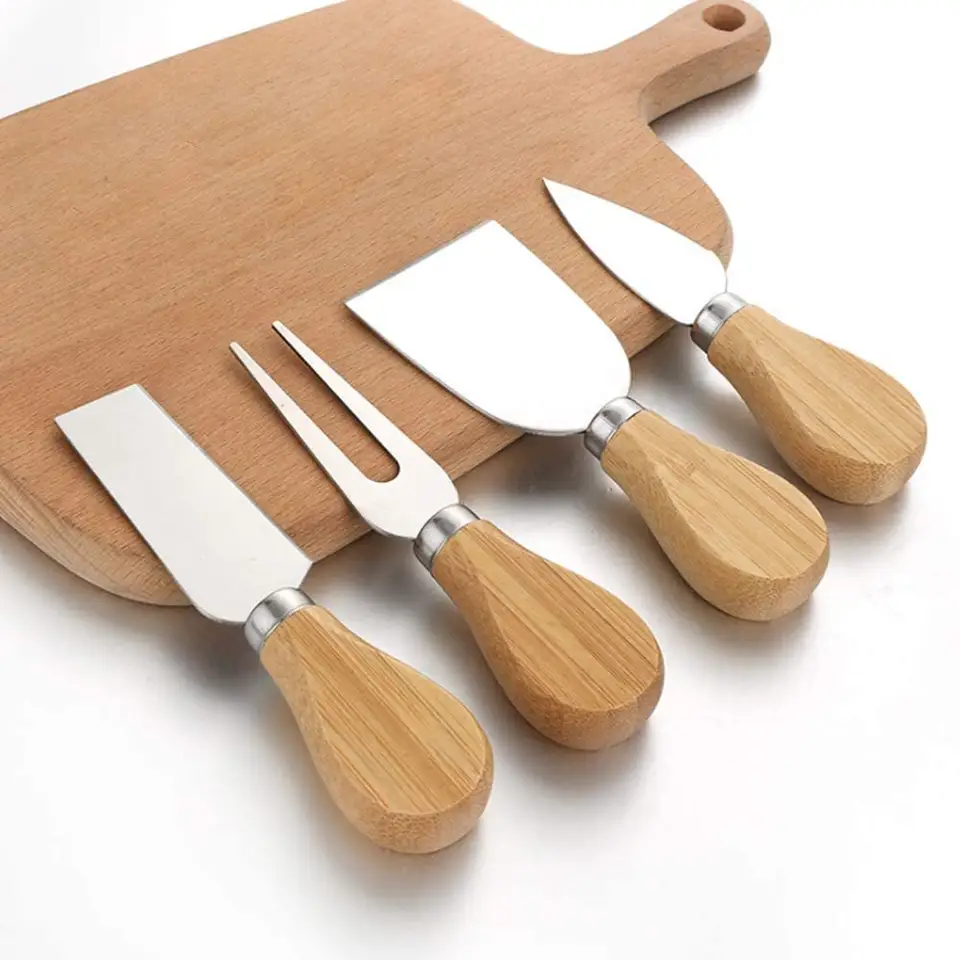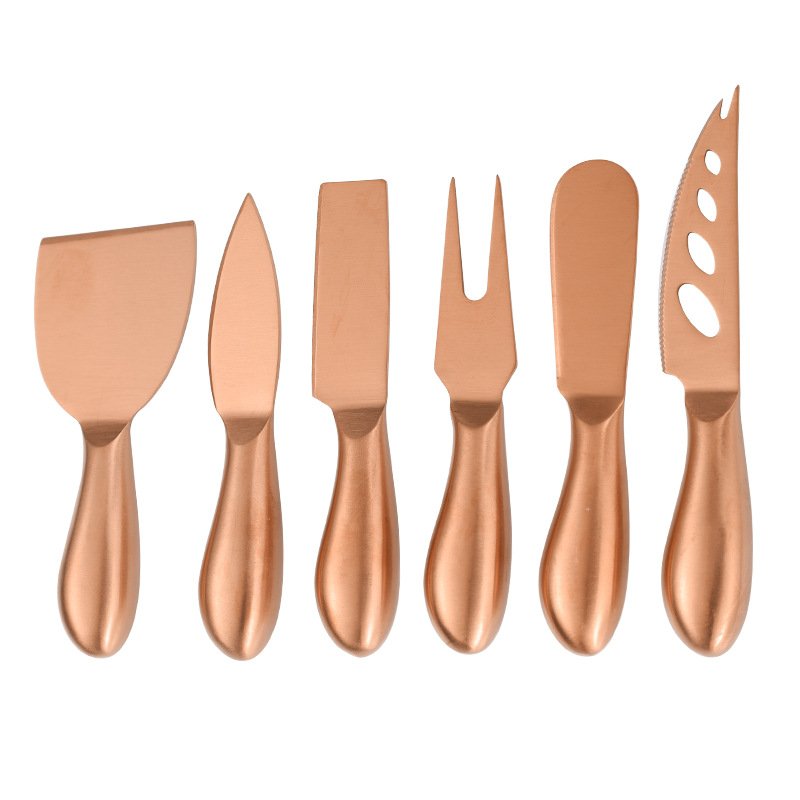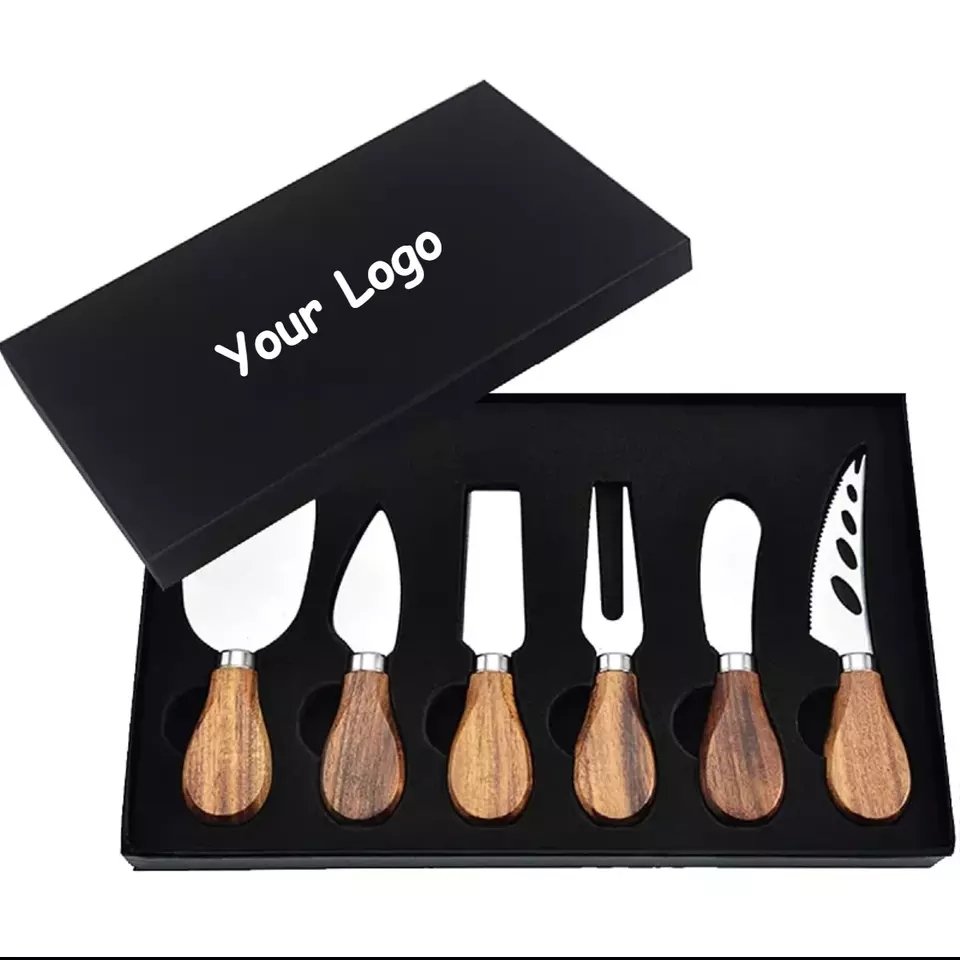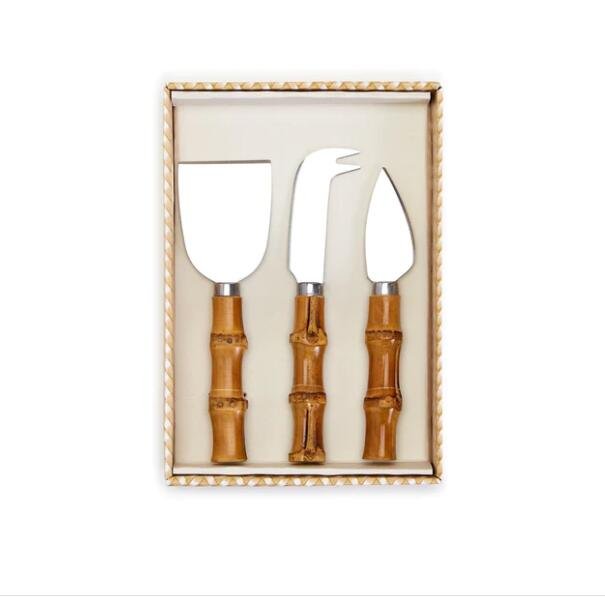Are you wondering whether your silverware is made of real silver or just silver-plated? Many silver pieces look similar, but pure silver has a significantly higher value than silver-plated items. This article will guide you on how to distinguish between pure silver and silver-plated cutlery with easy methods.
To tell if your silverware is real silver, check for hallmarks like “925” or “Sterling,” which indicate pure silver. Silver-plated items are often marked with terms like “EPNS” (Electroplated Nickel Silver) or simply “Silverplate.” You can also use simple tests like a magnet test to help you determine its authenticity.
Let’s dive into the specifics.
Table of Contents
How can I tell if my flatware is silver or silver plated?
When you pick up a shiny fork or spoon, you might wonder: is this solid silver or just silver-plated? It’s a common question, and easy to check once you know how.
Check for hallmarks like “Sterling” for real silver, while silver-plated items often say “EPNS” or “Silverplate.”
Understanding the difference can save you from overpaying for plated items. Here’s a simple breakdown.

Key Signs to Compare
| Feature | Real Silver | Silver Plated |
|---|---|---|
| Hallmark | “925”, “Sterling”, Lion mark | “EPNS”, “Silverplate”, “EP” |
| Wear and Tear | Patinas over time | Exposes base metal underneath |
| Weight | Heavier | Often lighter |
| Sound | Rings when tapped | Duller sound |
Why It Matters
Real silver retains its value. Silver plate only has value in design, not in metal content. Scratches and aging reveal base metals like brass or copper in plated pieces.
From my experience, I once bought a set marked “Community Plate” thinking it was silver. It turned out to be beautifully crafted but with no silver value. Lesson learned.
What is the quick test for silver?
There are a few quick and easy ways to test silver, one of which involves using a magnet. This simple method can give you an immediate idea of whether your silverware is real silver or not.
Real silver is not magnetic, so if your silverware is attracted to a magnet, it is likely silver-plated or made from a different material entirely. This is one of the quickest ways to determine if your item is silver-plated.
While the magnet test is helpful, it may not always be 100% accurate. Some silver-plated items may not be magnetic if the base metal underneath is non-magnetic, like brass. Therefore, a combination of methods, including examining hallmarks and conducting a weight check, may provide more accurate results.
How to test silver flatware?
Testing silver flatware is similar to testing other types of silverware. You can use simple methods like checking the weight, inspecting for markings, or conducting a magnet test.
Real silver flatware is heavier than silver-plated items and will often feature a “925” or “Sterling” mark. A magnet will not stick to pure silver but may stick to silver-plated pieces.
Another method for testing silver flatware is using a scratch test, where you lightly scratch the piece with a known silver object. If the silverware shows a noticeable scratch, it’s likely genuine. However, you should be careful with this test as it may damage the item.
How do I know if my old silverware is valuable?
The value of old silverware depends on several factors including its material condition and rarity. Knowing whether it’s real silver or silver-plate dis crucial in determining its worth.
Oldsilverware can be valuable especially if it’s made of sterling silversilverand comes from well-known makers or has historical significance. Pieces marked with “925”or“Sterling” tend to be worth more.
To find out the value of your oldsilverwareyou may want to have it appraised by an expert.Auction housesor antique dealers can also provide valuable insights into the worth of yoursilverwarebased on market demand.
What hallmarks should I look for on real silver?
When you’re unsure if your silverware is authentic, the first thing you should do is check for hallmarks. Many real silver pieces are stamped with tiny markings.
Look for marks like “925,” “Sterling,” or a small lion symbol, which show that your silverware is real and not plated.
Finding hallmarks is the easiest first step, but you have to know what they mean. Let’s break it down:
Common Hallmarks and What They Mean
| Hallmark | Meaning | Common Use Locations |
|---|---|---|
| 925 | 92.5% pure silver (Sterling Silver) | US, UK, Canada |
| Sterling | Another way to denote 92.5% silver | US |
| Lion Passant | Traditional English hallmark for sterling silver | UK |
| EPNS | Electroplated Nickel Silver (not real silver) | Global |
A true silver item often includes one of these marks. If you see “EPNS” or “EP,” your piece is plated, not solid silver.
What if there’s no hallmark?
It could still be silver. Older pieces, especially handmade ones, sometimes don’t have hallmarks. In that case, you need to do additional tests, like the magnet or acid test, which we’ll discuss below.
Hallmark Caveats
Be careful. Some fakes also have fake stamps. Real hallmarks are often deeply imprinted and may look slightly worn on very old items. Fakes might look too perfect or be etched lightly.
Checking hallmarks is a critical step, but it’s just the beginning. Let’s move on to another simple test you can do right at home.
Is silverware magnetic?
Another easy test you can do at home is checking if your silverware sticks to a magnet. It sounds too easy, right? But it works surprisingly well.
Real silver is not magnetic. If your silverware sticks to a magnet, it’s not pure silver.
At first glance, this test seems foolproof. But let’s explore it more critically.
Why Silver Isn't Magnetic
Silver, like gold and copper, is non-magnetic. This means if you place a strong magnet near genuine silver, nothing should happen.
Table: Magnet Reaction Cheat Sheet
| Material | Magnetic? | Notes |
|---|---|---|
| Pure Silver | No | Should not react at all |
| Stainless Steel | Sometimes | Some types are magnetic |
| Nickel Alloys | Yes | Often used in plated items |
Limits of the Magnet Test
– Some silver-plated objects have a non-magnetic base like brass. They will not stick to a magnet even though they are not pure silver.
– Some stainless steel can be weakly magnetic but still confusing to non-experts.
My Experience
One time, I tested a beautiful set of forks that I found at an antique market. They passed the magnet test. Later, I discovered they were high-quality stainless steel, not silver. This taught me never to rely only on one method.
While a magnet test is quick and cheap, it should be combined with other tests for better certainty.
Can an acid test tell if silverware is real?
If you want more certainty, the acid test is the next step. You can buy a silver test kit online or from jewelry stores easily.
An acid test uses a chemical reaction to show if the metal is real silver, by observing color changes on a small scratch.
Let’s walk through what an acid test involves and what to watch out for.
Steps for an Acid Test
1. Find an inconspicuous area on the silverware.
2. Lightly scratch the surface to expose the underlying metal.
3. Apply a drop of silver testing acid.
4. Observe the color change.
Color Reaction Table
| Acid Reaction Color | Meaning |
|---|---|
| Creamy white | Real silver |
| Green | Base metal (like brass or nickel) |
| No reaction | Stainless steel or fake |
Key Considerations
– Acid testing can slightly damage the item if not done carefully.
– If your piece is valuable or antique, it’s better to leave testing to a professional.
– Always wear gloves and work in a ventilated area.
Critical Analysis
While acid testing gives fairly definitive results, it also has risks. If you scratch through a thin silver plating layer, you might mistake the item for solid silver. Plus, improper handling can ruin the piece’s value.
In my opinion, acid tests should be the last step, not the first. Always combine it with hallmark checking and magnetic testing first.
Now, let’s go even deeper.
What is the quick test for silver?
You don’t always have time for deep inspection. Sometimes you need a fast method to tell if silverware is real.
The quickest way is the magnet test: real silver won’t stick to a magnet, while many fakes will.
Quick tests help in flea markets or antique fairs, but speed sacrifices some accuracy.
Comparison Table: Quick Tests Overview
| Quick Test | Pros | Cons |
|---|---|---|
| Magnet Test | Fast, cheap | Can be fooled by non-magnetic fakes |
| Visual Inspection | Immediate clue (hallmarks) | Hallmarks can be faked |
| Sound Test | Good for large pieces | Needs experience to hear right tone |
How I Use Quick Tests
In fast situations, I always start with a magnet in my pocket. Then I check for obvious stamps. If both pass, I consider a deeper acid test later.
Quick methods are good first filters, but never final proof.
Will a magnet stick to a silverplate?
You might think silverplate would behave like pure silver, but that’s not always the case.
A magnet might stick to silver-plated flatware if the base metal underneath is magnetic, like nickel or steel.
The behavior of silverplate under a magnet depends on what’s underneath.
Core Metal Behavior Table
| Base Metal | Magnetic? | Common Usage in Silverplate |
|---|---|---|
| Nickel | Yes | Very common |
| Brass | No | High-end plated pieces |
| Steel | Yes | Modern cheaper production |
Practical Notes
Sometimes you find very thick, high-quality silverplate over brass. These won’t stick to a magnet. This can fool many casual buyers.
I once had a beautiful vintage tray that never stuck to a magnet. It turned out to be silverplate over brass, but still valuable because of its craftsmanship.
Always combine tests for best results.
How to test silver flatware?
Testing flatware can be easy if you have the right approach. You don’t need to guess.
Check hallmarks, try a magnet test, and if needed, use an acid kit to confirm if flatware is solid silver.
Let’s structure the testing process clearly.
Testing Checklist
| Step | What to Do | Why It Matters |
|---|---|---|
| Look for Hallmarks | Check for “Sterling” or “925” | Quick initial clue |
| Magnet Test | Use a strong magnet | Rule out magnetic fakes |
| Visual Wear Check | Look for worn spots | Plating wears, silver doesn’t |
| Acid Test | Scratch lightly, apply acid | Definitive proof |
Why Multiple Tests Are Better
Reliability increases when you combine different methods. Hallmarks alone are not enough. Magnet tests alone can be fooled.
In my early days, I only relied on hallmarks. One mistake cost me hundreds of dollars. Since then, I always double-check with multiple tests.
Testing carefully protects your investment.
Is silverplate flatware worth anything?
Many people assume silverplate has no value. That’s not completely true.
While silverplate has little melt value, well-made or vintage silverplate flatware can still be valuable to collectors and decorators.
Silverplate isn’t worthless. Let’s explore.
Factors That Affect Silverplate Value
| Factor | Impact on Value |
|---|---|
| Maker’s Brand | Famous brands fetch more |
| Age | Victorian and Art Deco era valued |
| Pattern Rarity | Rare discontinued patterns |
| Condition | No heavy wear or damage |
Personal Experience
I once sold a set of 1920s silver-plated knives for a very good price because the pattern was rare and the brand was Gorham.
Silverplate may not be for scrap dealers, but it can be wonderful for collectors, designers, and vintage lovers.
Don’t throw it away without checking.
How do you identify vintage silver?
Older silver pieces have a special charm and higher value. Knowing how to spot them helps you make smart buys.
Vintage silver often has deeper patina, specific hallmark styles, and intricate handmade designs that newer pieces lack.
Vintage pieces tell stories through their marks and construction.
Signs of Authentic Vintage Silver
| Clue | What It Means |
|---|---|
| Hand-forged details | Older craftsmanship |
| Deep Patina | Natural aging, not polishable |
| Obsolete Hallmarks | Marks phased out decades ago |
| Tool Marks | Small imperfections show handwork |
How to Verify
– Study hallmark databases.
– Compare styles to dated catalogs.
– Consult antique experts for high-value items.
When I was new, I mistook a 1970s mass production spoon for a 19th-century piece. Now I always look closely at patina and construction techniques.
Experience teaches patience.
Does a magnet stick to sterling silver?
This is one of the simplest, most asked questions when it comes to identifying real silver.
No, a magnet will not stick to real sterling silver because silver is not magnetic.
Understanding material properties helps you make smarter evaluations.
Sterling Composition
Sterling silver is made of 92.5% pure silver and 7.5% other metals, usually copper. Neither metal is magnetic.
Reaction Table
| Metal | Magnetic? | Found in Sterling? |
|---|---|---|
| Silver | No | Yes |
| Copper | No | Yes |
| Nickel | Yes | No |
Practical Notes
If a piece marked “925” sticks to a magnet, it’s fake. No real sterling reacts to magnets.
I always carry a small neodymium magnet in my bag when shopping for silver. It’s saved me from buying many fakes.
Testing silverware at home is easy and rewarding if done carefully and with the right methods.






